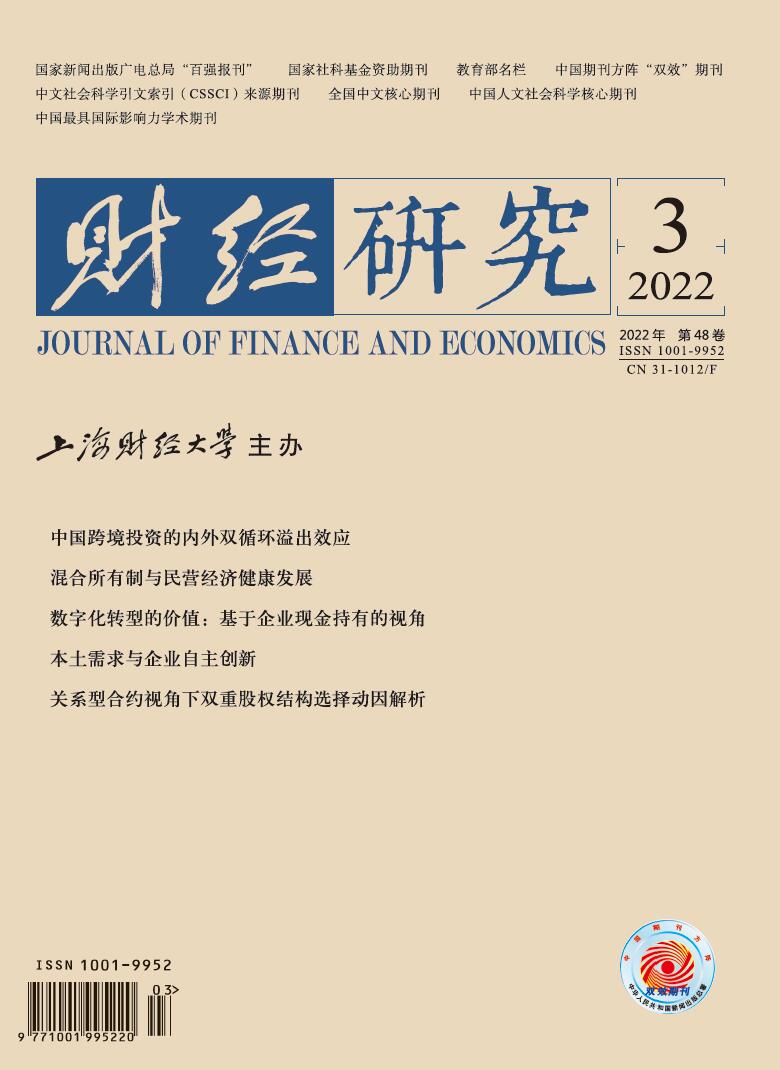In the new era, the internal-external dual circulation constructs a new pattern of China’s economic development, and cross-border investment presents a dual track driving mode of “bringing in” and “going out”. Two-way coordination pays equal attention to “bringing in” and “going out”, enabling the internal-external dual circulation, so we must examine it from the perspective of interactive spillover.
In order to reveal and verify the dynamic spillover effect and interactive impact of two-way cross-border investment, this paper firstly constructs the interactive impact model of two-way cross-border investment between China and other countries, and discusses the economic spillover and technology spillover of foreign capital introduction and foreign investment. Secondly, the linear and nonlinear econometric models are designed. The empirical study shows that the high-intensity absorption of foreign cross-border investment is conducive to promoting domestic economic growth and technological progress, and the outward impact of China’s foreign investment gradually changes from economic spillover to technology spillover. In the process of nested internal-external circulation, strengthening foreign investment can stimulate the inward spillover effect of “bringing in”, while the high intensity of cross-border investment in China by other countries is conducive to the reverse release of the multilateral technology spillover effect of foreign investment in the external circulation. Finally, through the spatiotemporal heterogeneity test, it is also found that the two-dimensional spillover effect of China’s cross-border investment is relatively more favorable in developing countries. Guided by the “Belt and Road” construction, two-way cross-border investment between China and the countries along the border will help to release the positive multilateral technology spillover dividends.
The marginal contributions of this paper are as follows: First, through the theoretical model, this paper analyzes the parallel characteristics of China’s cross-border investment from “bringing in” to “going out”, which provides a systematic explanation framework for coordinating “bringing in” and “going out”. Second, empirical research reveals that cross-border investment between China and other countries will derive mutually beneficial mechanisms in the internal-external dual circulation and release multilateral spillover dividends, which provides positive empirical evidence for resolving external bias. Third, two-way cross-border investment will have a differential evolution trend in the two dimensions of economic spillover and technology spillover. The outward spillover effect will gradually shift from economic growth to technological progress, which verifies China’s endogenous contribution to the global value chain. Fourth, heterogeneity analysis verifies that strengthening two-way cross-border investment between China and countries along the “Belt and Road” helps to accelerate economic spillover and technology diffusion.





 4114
4114  4097
4097

